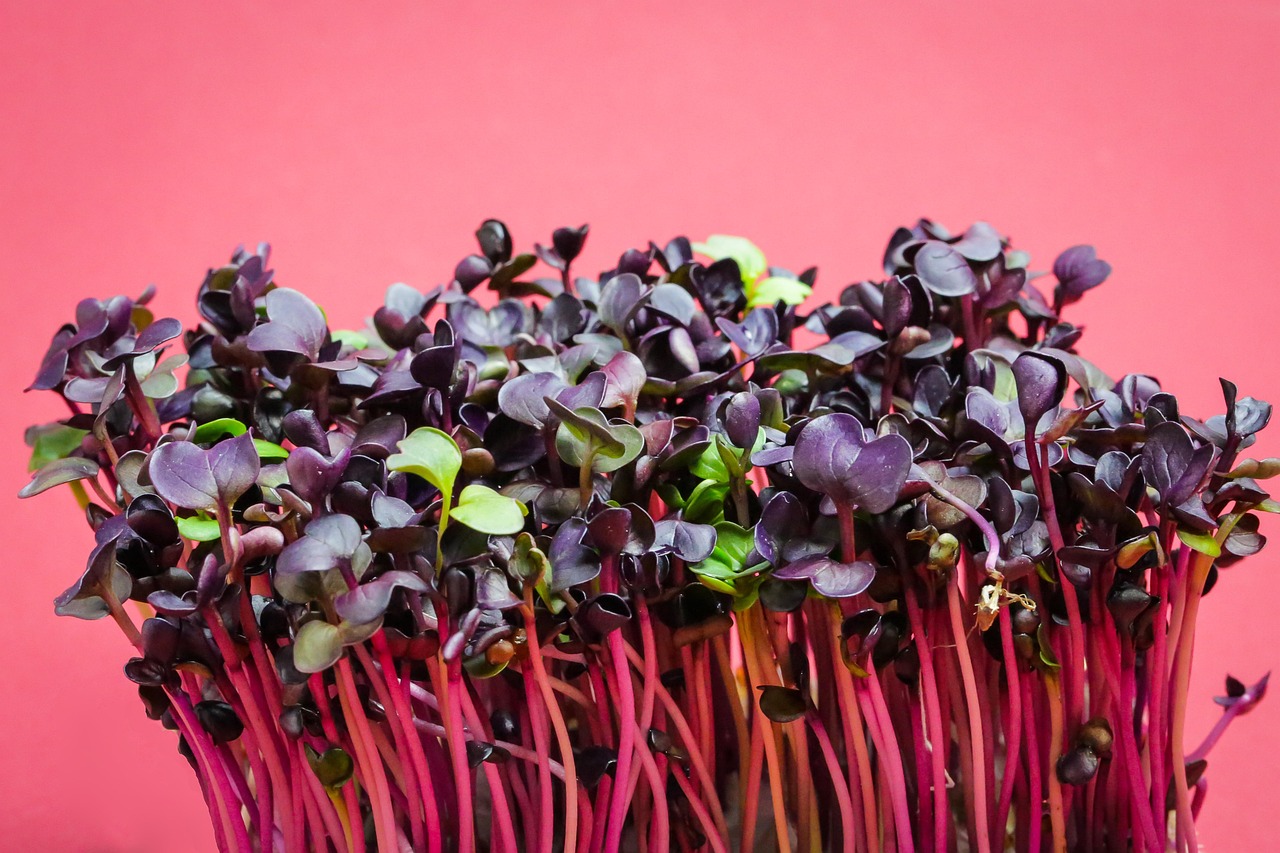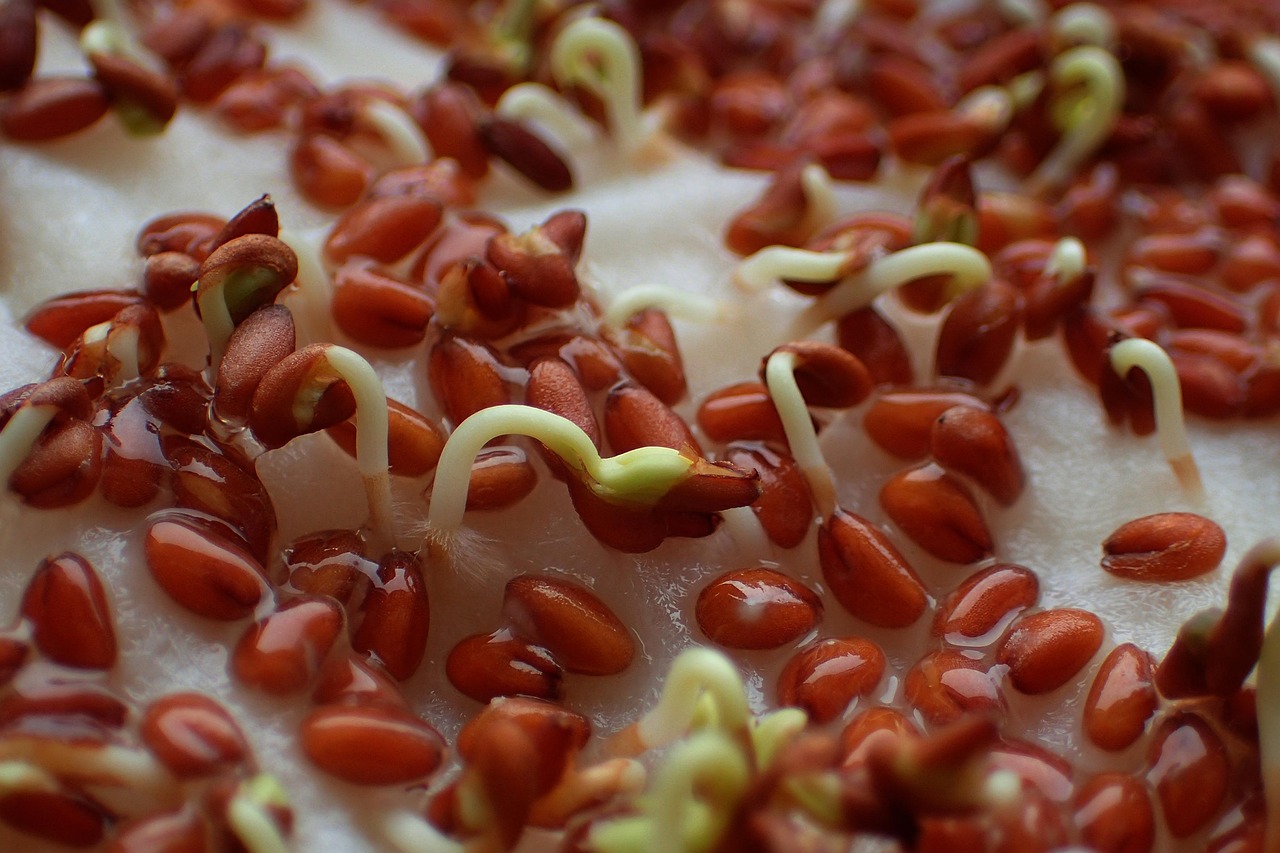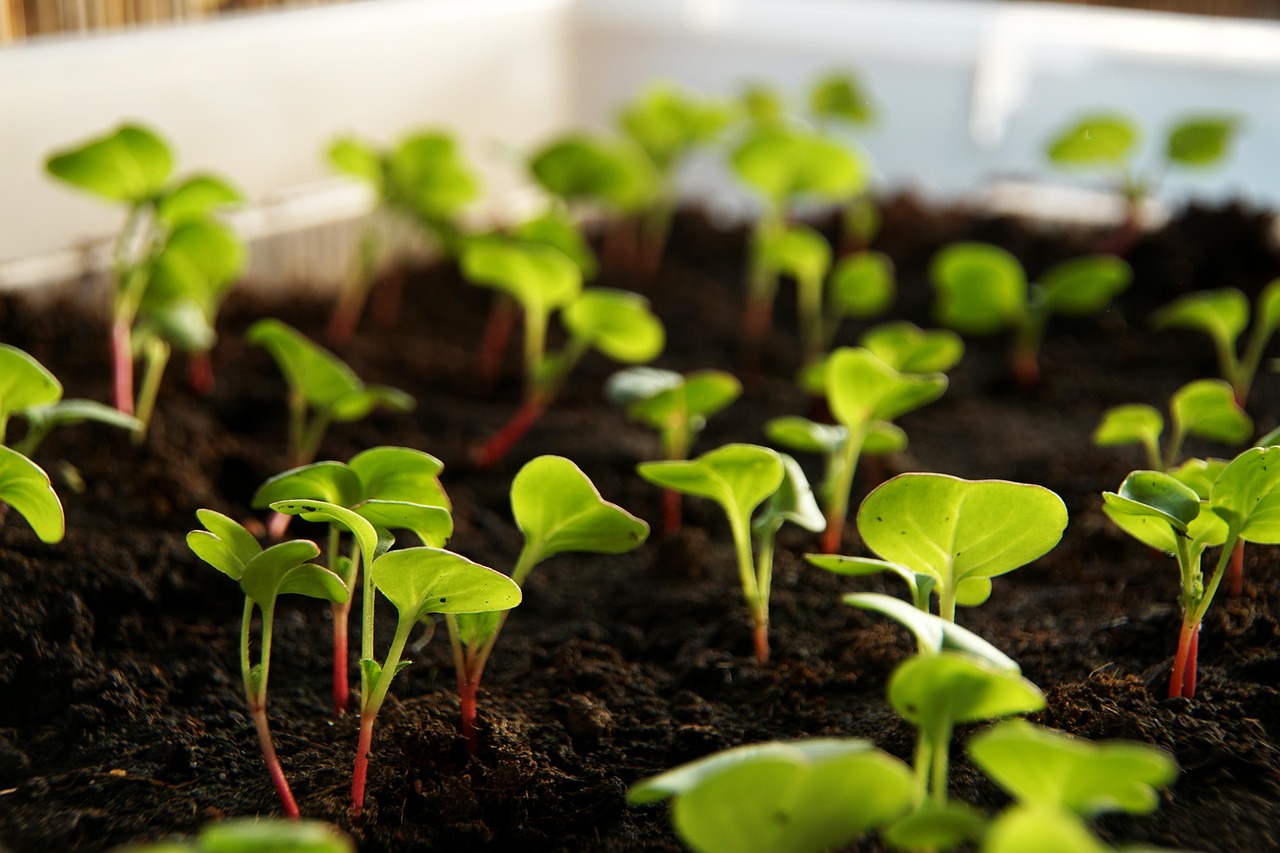To grow and care for rock cress plants, choose a well-drained location with full sun. Plant seeds or seedlings in spring or fall, water them regularly but avoid overwatering. Fertilize sparingly and prune spent flowers to promote new growth.
Introduction to Rock Cress Plants
Rock cress plants, scientifically known as Arabis, are charming perennial flowers that thrive in rocky or sandy soils. They are often appreciated for their stunning blooms and low-maintenance care requirements. With their small size and vibrant colors, rock cress plants are perfect for rock gardens, borders, or as ground cover.

These hardy plants are native to various regions, including Europe and Asia, where they naturally grow in alpine environments. Rock cress typically features clusters of small flowers that bloom in spring. The flowers may be white, pink, or purple, adding a delightful splash of color to any garden.
Growing rock cress is a rewarding endeavor. They are not only beautiful but also attract various pollinators, including bees and butterflies. Understanding their needs is essential for successful cultivation. Below are some key facts about rock cress plants that can help you in your gardening journey.
| Characteristic | Description |
|---|---|
| Sun Requirement | Full sun to partial shade |
| Soil Type | Well-drained soil, preferably sandy or rocky |
| Watering | Moderate; allow the soil to dry between watering |
| Hardiness Zones | Zones 3-9, depending on the variety |
| Bloom Time | Spring, typically from April to June |
Choosing the Right Location
When planning to grow rock cress, selecting the right location is crucial. These plants prefer full sun, which means they should receive at least six hours of direct sunlight each day. A sunny spot enhances their flowering and overall health.

The soil’s drainage is also vital. Rock cress thrives in well-drained soils that mimic their natural habitat. If your garden soil retains too much moisture, consider amending it with sand or gravel to improve drainage. Alternatively, raised beds or rock gardens can provide the ideal environment for these resilient plants.
Planting Rock Cress
Rock cress can be grown from seeds or transplants. If you choose to start from seeds, sow them directly in the garden in early spring or late fall. Ensure the seeds are lightly covered with soil since they require light to germinate.
If using seedlings or small plants, space them about 12 to 18 inches apart to allow for airflow and growth. Water the plants thoroughly after planting to help settle the soil around their roots.

Watering and Fertilization
Watering rock cress should be done carefully. These plants prefer moderate watering. Allow the soil to dry out between watering sessions to prevent root rot. During hot summer months, you may need to water more frequently, but always check the soil moisture first.
Fertilization requirements for rock cress are minimal. Applying a balanced, slow-release fertilizer once in early spring can support healthy growth and flowering. Avoid over-fertilizing as this can lead to excessive foliage growth at the expense of blooms.
Caring for Rock Cress Plants
Caring for rock cress involves regular maintenance tasks such as deadheading and pruning. Deadheading spent flowers encourages new blooms and keeps the plant looking tidy. Pruning can also help maintain shape and prevent overcrowding.

Keep an eye out for pests and diseases that may affect your rock cress. Common issues include aphids and powdery mildew. If detected early, these problems can often be managed with appropriate treatments.
Common Pests and Diseases
Rock cress plants, while generally hardy, can be susceptible to a few pests and diseases. Understanding these challenges is essential for maintaining the health of your plants. Here are some common issues you may encounter:
- Aphids: These small, soft-bodied insects can cluster on new growth and flower buds, sucking sap from the plant.
- Powdery Mildew: A fungal disease that appears as a white powdery substance on leaves, often thriving in humid conditions.
- Slugs and Snails: These pests can cause significant damage by eating leaves and flowers, especially in moist environments.
- Leaf Spot: Various fungal infections can lead to dark spots on leaves, affecting plant health.
Regular monitoring of your rock cress plants is key to early detection. If you notice any signs of pests or diseases, take action immediately to protect your plants. Here are some management strategies:
- For Aphids: Spray the plants with a strong jet of water to dislodge them. You may also use insecticidal soap or neem oil as treatments.
- For Powdery Mildew: Ensure good air circulation around plants. If the problem persists, applying fungicides specifically for powdery mildew can help.
- For Slugs and Snails: Set out traps with beer or use diatomaceous earth around the base of your plants to deter these pests.
- For Leaf Spot: Remove infected leaves and ensure proper spacing for air circulation. Fungicides may also be necessary if the issue recurs.
Propagation Techniques
Rock cress can be propagated using several methods, including seeds, division, and cuttings. Each method has its advantages and can be selected based on your gardening preferences. Below are some details on each propagation technique:
Seed Propagation
Growing rock cress from seeds is a straightforward process. Here’s how to do it:
- Sow seeds in early spring or late fall when temperatures are cooler.
- Lightly cover the seeds with soil as they need light for germination.
- Keep the soil consistently moist but not soggy until the seeds germinate.
This method allows for a larger number of plants to be produced, which can be beneficial for larger garden areas.
Division
Dividing established plants is an effective way to propagate rock cress. This method is best done in early spring or fall:
- Carefully dig up the plant, ensuring you keep as many roots intact as possible.
- Use a sharp spade or knife to divide the root ball into smaller sections.
- Replant the divisions immediately in well-drained soil.
This technique not only increases your plant count but also rejuvenates older plants that may be overcrowded.
Cuttings
Taking cuttings is another successful method for propagation. For this technique:
- Select healthy stems from the parent plant in late spring or early summer.
- Cut a section of stem about 3-4 inches long, making sure it has at least one leaf node.
- Dip the cut end in rooting hormone and plant it in a small pot with moist potting soil.
- Cover the pot with plastic to create a humid environment until roots develop.
This method is useful for creating new plants from existing ones quickly.
Seasonal Care Tips
Caring for rock cress varies slightly with the seasons. Here are some tips tailored for each season to help you maintain healthy plants throughout the year:
- Spring: This is the active growing season. Fertilize with a balanced fertilizer and ensure adequate moisture as new growth begins.
- Summer: Monitor soil moisture closely, especially during heat waves. Mulching can help retain soil moisture and prevent weeds.
- Fall: After flowering, remove spent blooms to encourage new growth. Consider dividing overcrowded plants during this time.
- Winter: Protect rock cress from extreme cold by applying mulch, especially in colder climates. Ensure good drainage to prevent waterlogging.
By following these seasonal care tips, you can ensure that your rock cress plants remain vibrant and healthy throughout the year.
Companion Planting for Rock Cress
Choosing the right companion plants can enhance the growth and beauty of your rock cress. Companion planting involves pairing plants that benefit each other in various ways, such as improving growth, deterring pests, or attracting beneficial insects. Here are some excellent companions for rock cress:
- Thyme: This aromatic herb thrives in similar conditions and can help deter pests.
- Oregano: Another herb that does well in dry, rocky soil and attracts pollinators.
- Succulents: Their similar water requirements make them good partners, and they can add texture to your garden.
- Lavender: The fragrant flowers attract beneficial insects while thriving in the same sunny conditions.
When planning your garden layout, consider these combinations. Pairing rock cress with these plants can create a harmonious and thriving garden space.
Design Ideas for Rock Cress Gardens
Rock cress plants are versatile and can be used in various garden designs. Here are some creative ideas to incorporate rock cress into your landscape:
Rock Gardens
One of the most popular uses for rock cress is in rock gardens. These gardens mimic the plant’s natural habitat, making them an ideal environment. To create a rock garden:
- Select a sunny location with well-drained soil.
- Arrange various sizes of rocks to create different levels and textures.
- Plant rock cress among the stones, allowing them to spill over the edges for a natural look.
Border Planting
Rock cress can also be used as a border plant. Their low-growing habit makes them perfect for edging pathways or flower beds. Here’s how to use them effectively:
- Choose a straight or curved path where you want to create a border.
- Plant rock cress in a single row along the edge, ensuring they are spaced properly for airflow.
- Add taller plants behind them to create depth and visual interest.
Container Gardening
If you have limited space or want to add color to patios and balconies, consider container gardening with rock cress. Here’s how:
- Select a pot with good drainage holes.
- Use a well-draining potting mix, mixing in sand or gravel for better drainage.
- Plant rock cress in the center and surround it with complementary plants like succulents or trailing herbs.
Wildflower Meadows
Rock cress can be part of a wildflower meadow mix. This creates a naturalistic look while supporting local wildlife. To create a wildflower meadow:
- Prepare the area by removing weeds and grasses.
- Sow a mix of wildflower seeds, including rock cress, in early spring or fall.
- Avoid excessive watering once established; let nature take its course for a more natural look.
Common Varieties of Rock Cress
There are several varieties of rock cress that gardeners often choose based on their specific needs. Here are some popular types:
| Variety | Description | Bloom Color |
|---|---|---|
| Arabis caucasica | This variety is known for its dense foliage and ability to spread quickly. | White |
| Arabis alpina | A small alpine species that thrives in rocky conditions. | Pale pink to white |
| Arabis procurrens | This variety features a more trailing habit, making it ideal for ground cover. | Purple to pink |
| Arabis blepharophylla | A lesser-known variety that is perfect for cooler climates and offers unique foliage. | White |
Selecting the right variety can help achieve your desired aesthetic and ensure successful growth based on your local climate conditions.
Cultural Significance of Rock Cress
Rock cress holds cultural significance in various regions. Historically, it has been used in traditional medicine and as an ornamental plant. Understanding its cultural background can deepen your appreciation for this lovely plant:
- Medicinal Uses: Some cultures have used rock cress for its potential anti-inflammatory properties.
- Ornamental Appeal: It has been favored in gardens for centuries due to its vibrant flowers and ability to thrive in challenging conditions.
- Cultural Symbolism: In some traditions, rock cress symbolizes resilience and adaptability due to its hardiness in rocky terrains.
This cultural significance adds depth to your gardening experience, connecting you with the history of this remarkable plant.
Environmental Benefits of Growing Rock Cress
Growing rock cress plants not only enhances the beauty of your garden but also contributes positively to the environment. Here are some of the environmental benefits associated with cultivating rock cress:
- Soil Stabilization: The roots of rock cress help stabilize soil, particularly in rocky or sloped areas. This prevents erosion and maintains soil structure.
- Pollinator Support: Rock cress flowers attract various pollinators, including bees and butterflies, which are essential for healthy ecosystems.
- Water Conservation: These plants thrive in well-drained soils and require less water compared to other flowering plants, making them a sustainable choice for gardens.
- Diversity Promotion: Including rock cress in your garden adds biodiversity, which is vital for the resilience of local flora and fauna.
By incorporating rock cress into your gardening practices, you can play a part in promoting a healthier ecosystem while enjoying the aesthetic appeal of these lovely plants.
Common Misconceptions About Rock Cress
Though rock cress is a beloved plant among gardeners, there are some misconceptions that may deter potential growers. Understanding the truth behind these myths can encourage more people to appreciate and cultivate rock cress:
- Myth: Rock Cress is Difficult to Grow: In reality, rock cress is quite hardy and easy to maintain, making it suitable for both novice and experienced gardeners.
- Myth: Rock Cress Requires Constant Watering: While they do need regular moisture initially, established plants are drought-tolerant and prefer well-drained conditions.
- Myth: Rock Cress has No Value in Design: On the contrary, rock cress can be an integral part of various garden designs, from rock gardens to borders and container plantings.
Addressing these misconceptions helps clarify the advantages of growing rock cress and encourages more gardeners to include this versatile plant in their landscapes.
Final Thoughts
Rock cress plants are a wonderful addition to any garden due to their hardiness, low maintenance, and stunning blooms. By understanding their growing conditions, care needs, and environmental benefits, you can cultivate a thriving garden that showcases these beautiful perennials. Whether you choose to use rock cress in rock gardens, borders, or as companions for other plants, their adaptability and charm will enhance your outdoor space.
As you embark on your gardening journey with rock cress, remember to consider companion planting and seasonal care tips. This knowledge ensures that your plants will flourish while contributing positively to the surrounding environment. Embrace the cultural significance of rock cress, recognizing its role in history while celebrating its contemporary appeal in today’s gardens.
Ultimately, growing rock cress is not just about beautifying your space; it is also about fostering a connection with nature. By nurturing these resilient plants, you contribute to biodiversity and support pollinators, making a meaningful impact through your gardening efforts. Enjoy the rewards of cultivating rock cress and watch as your garden becomes a vibrant testament to nature’s beauty.
